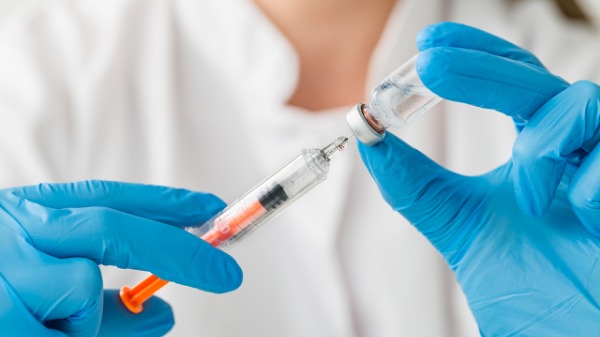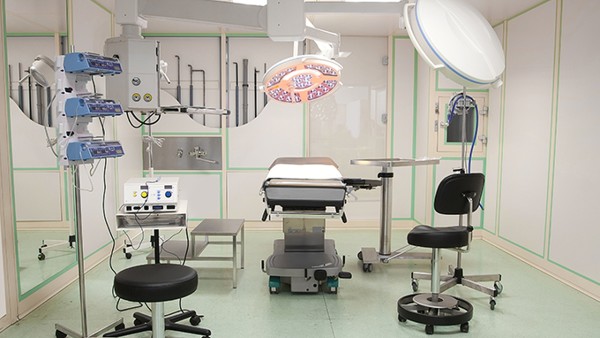How to Treat Neonatal Dacryocystitis

What is Neonatal Dacryocystitis?
Neonatal dacryocystitis is a condition that occurs when the tear duct (nasolacrimal duct) of a newborn baby becomes blocked. This can cause tears to build up and overflow from the eye, leading to symptoms such as:
Excessive tearing
Discharge from the eye
Crusting or matting of the eyelashes
Swollen and red eyelid
Pain or discomfort in the eye
Causes of Neonatal Dacryocystitis
In most cases, neonatal dacryocystitis is caused by a membrane or fold of tissue that covers the opening of the tear duct. This membrane usually breaks down and opens up on its own within the first few weeks of life. However, in some cases, the membrane remains intact, blocking the tear duct.
Other factors that can contribute to neonatal dacryocystitis include:
Infection
Allergies
Nasal congestion
Narrow tear ducts
Diagnosis of Neonatal Dacryocystitis
To diagnose neonatal dacryocystitis, your doctor will typically:
Examine your baby's eye to look for symptoms of the condition
Press on the tear sac (located at the inner corner of the eye) to see if any pus or discharge is released
Instill fluorescein dye into the eye and check if the dye drains properly through the tear duct
Treatment of Neonatal Dacryocystitis
The treatment for neonatal dacryocystitis typically involves:
1. Nasolacrimal Massage
Nasolacrimal massage is a gentle technique that can help to open up the blocked tear duct. To perform nasolacrimal massage:
Wash your hands thoroughly.
Place your index finger on the inner corner of your baby's eye, next to the nose.
Gently massage down towards the nose for 5-10 minutes, several times a day.
2. Warm Compresses
Applying warm compresses to your baby's eye can help to reduce swelling and promote drainage. To apply a warm compress:
Soak a clean washcloth in warm water.
Wring out any excess water.
Place the warm compress over your baby's closed eye for 10-15 minutes, several times a day.
3. Antibiotics
If your baby's dacryocystitis is caused by an infection, your doctor may prescribe antibiotic eye drops or ointment.
4. Surgery
In cases where other treatments have not been successful, surgery may be necessary to open up the blocked tear duct. This procedure is called probing or dacryocystorhinostomy.
Prognosis
With proper treatment, most cases of neonatal dacryocystitis resolve within a few weeks or months. However, in some cases, the condition may become chronic and require long-term treatment.
Prevention
There is no sure way to prevent neonatal dacryocystitis. However, you can help to reduce your baby's risk of developing the condition by:
Keeping your baby's eyes clean and dry
Massaging your baby's tear sac gently for the first few weeks of life
Seeking medical attention if you notice any symptoms of dacryocystitis in your baby
When to Seek Medical Attention
It is important to seek medical attention if your baby has any of the following symptoms:
Excessive tearing
Discharge from the eye
Crusting or matting of the eyelashes
Swollen and red eyelid
Pain or discomfort in the eye
Fever
If left untreated, neonatal dacryocystitis can lead to serious complications, such as corneal ulceration, uveitis, and even blindness. Therefore, it is important to seek medical attention promptly if you notice any symptoms of the condition in your baby.
The above is all the content that the editor wants to share with you. I sincerely hope that these contents can bring some help to your life and health, and I also wish that your life will be happier and happier.
Topic: #to #how #treat














